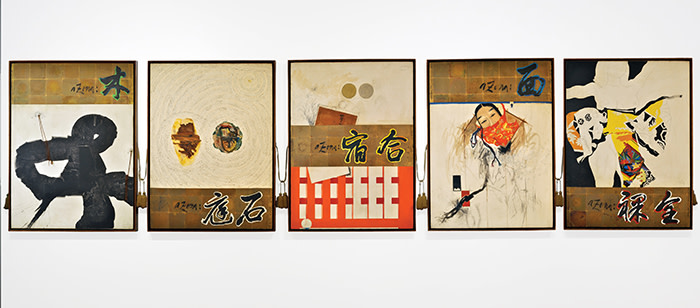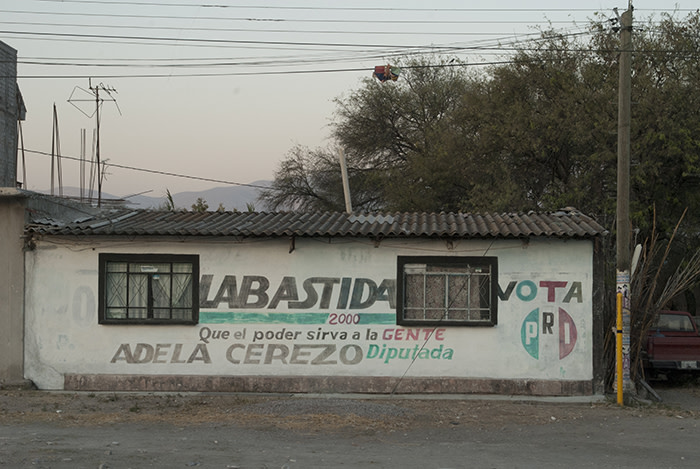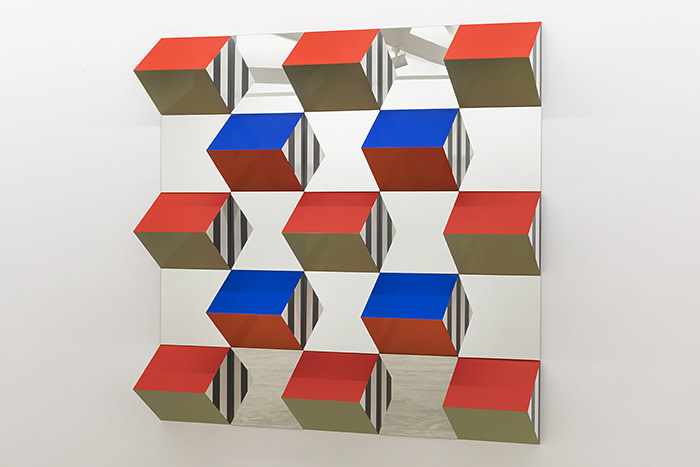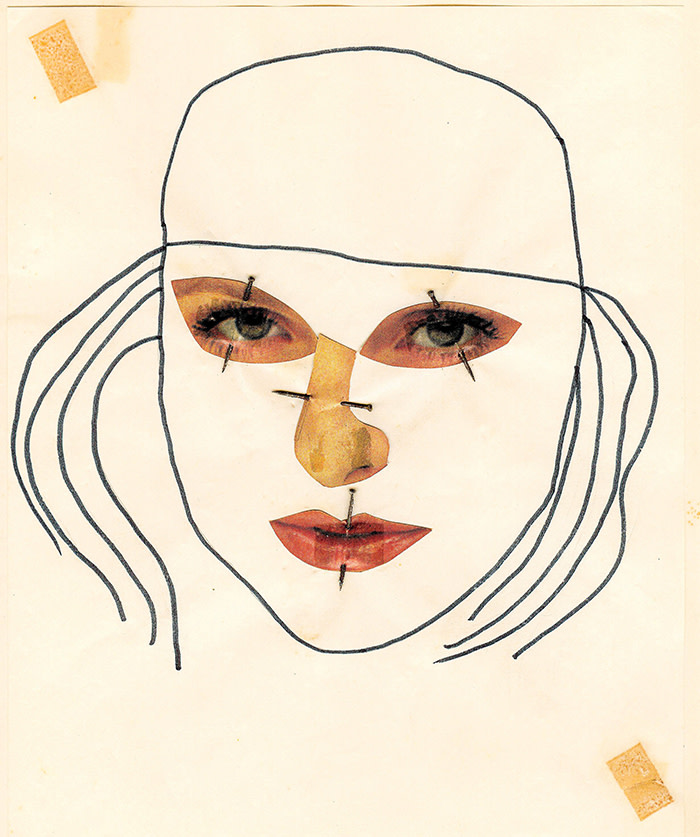Latin American dealers at Art Basel Miami Beach
Simply sign up to the Life & Arts myFT Digest -- delivered directly to your inbox.
The Latin American dealers participating at Art Basel Miami Beach for the first time this week are nothing if not clear-sighted about their objectives. Buenos Aires-based Galería Isla Flotante is showing one of the most dramatic works at the fair, an all-encompassing installation of around 65 canvases painted in golden hues by Mariela Scafati, called “Handcuff Secrets”. It will cover the stand, which is in the Positions section. Presenting a single piece is an audacious move, but the gallery is quietly confident the work, priced at $31,000, will find a buyer.
“Mariela [Scafati] has a strong career in Argentina, and it is time to get her known abroad. Art Basel Miami Beach is an excellent opportunity to do so,” says Leopol Mones Cazón, co-director of Isla Flotante. Scafati is a bold choice; an activist artist, she co-founded the People’s Screenprinting Workshop in early 2002, a collective which printed protest leaflets, flags and T-shirts railing at the government of President Fernando de la Rúa (who resigned in December 2001).
The Brazilian dealer Ricardo Camargo, another newcomer to the fair, adds, “The fair is important because the United States has the largest art market in the world. The Americans have a profound respect for art, and there are incredible museums and galleries.” The São Paulo-based gallery is making a splash with a show of nine works by the titan of Brazilian art, Wesley Duke Lee.
The São Paulo-born artist, who died in 2010, spearheaded the magic realism movement in the 1960s, founding the anti-market Grupo Rex and Rex Gallery in 1966. In partnership with the Wesley Duke Lee Art Institute, the gallery will recreate Lee’s studio at the fair, showing major works ranging from “The Helmet of master Khyrurgos” (1962), priced at $43,000, to works costing $2m, such as “Five gentle comments about Japan or Thank You Japan!” (1965) and the installation “O/Lympus: Anima” (1971), which has come to market for the first time.

Both dealers comment on how the markets are developing in their respective countries, providing snapshots of local scenes. Isla Flotante opened as an artist-run space in Buenos Aires in 2012, but transformed in 2015 after relocating to a former warehouse in the southern neighbourhood known as La Boca.
The move galvanised the local scene, as did the formation of Meridiano, an association of Argentine galleries that introduced professional standards, liaising with government agencies and museum officials. “It has played a key role in the internationalisation of Argentine art,” says Cazón, who is also vice-president of Meridiano.
“There is still a tiny local market [in Buenos Aires]. The commercial sector has been growing since around 2010; there’s been sustained development. There are some local collectors, but not as many as in Brazil. Some of them are under 30, which gives us hope for further growth,” Cazón says.
Camargo, meanwhile, is upbeat about his own commercial patch (he deals mainly in secondary market works, selling pieces by 1960s South American trailblazers such as Claudio Tozzi and Antônio Henrique Amaral). “The Brazilian market is São Paulo,” he says, arguing too that the city is the cultural capital of Latin America as well as the business capital. “Both the number and the level of gallery and museum exhibitions have increased [here], despite the greatest recession to ever hit Brazil in 2015 and 2016.”
The São Paulo middle class, which boomed post 2010, subsequently shrank back, decreasing the potential pool of new art buyers. “But there is no crisis or retraction in the local market,” argues Jaqueline Martins, a São Paulo dealer who is also making her debut at Art Basel Miami Beach, where she is showing works by the late Brazilian video art pioneer Letícia Parente in the Survey section (pieces available include the videos “I Closet of Myself” (1975), edition of eight, $12,000; and “Tarefa I” (1982), edition of eight, $28,000).

Other Art Basel Miami Beach dealers weigh up their local ecosystems. Proyectos Monclova gallery in Mexico City is showing a solo project by the Mexican collective Tercerunquinto, entitled “Restoration of a Mural Painting” (2009-present), which refers to the numerous Modernist murals around the country. The price has not yet been set as the work will evolve on site, says gallery director Polina Stroganova
She adds that “the contemporary art commercial sector has been a little challenging; it felt riskier and more experimental for clients. But with more and more contemporary art galleries and project spaces, as well as the growth of the Zona Maco fair [in Mexico City], things changed and people became more receptive to contemporary art proposals,” she says. At Zona Maco in February, Sean Kelly Gallery of New York sold several “Femme d’Alger” works by Jose Dávila — priced at $45,000 each — some of which were bought by Mexican institutions.
Gabriel Pérez-Barreiro, director of the privately-run Caracas-based Colección Patricia Phelps de Cisneros, says that the development of local art fairs has been hugely important in establishing local and regional art markets. And crucially, a number of artist-run initiatives and independent spaces, such as Soma (Mexico), Pivô (São Paulo), Flora (Bogotá) and Lugar a Dudas (Cali), have given artists and curators a more substantial voice.

Pérez-Barreiro gives an overview of other significant trends across the continent. “One is the consolidation of certain museums as regional hubs with a new energy, such as Malba (Buenos Aires), Mali (Lima), Museo Jumex (Mexico City) and museums that have been around for longer but are now working with renewed energy, such as the Masp (São Paulo), the Mamba (Buenos Aires) or the Museo Tamayo (Mexico City). We are now seeing the potential for a more regional artistic conversation, not one that inevitably goes through the US or Europe as was the case before.”
One influential Latin American collector who will be in Miami this year is the textiles entrepreneur Leon Amitai. The headquarters of his Bogotá-based company Sutex are adorned with works by Colombian artists such as Gabriel Sierra, Iván Argote and Nicolás Paris.

“I am biased and look to Colombia, but am focusing also on mid-career Brazilians, such as Jonathas de Andrade and Laura Lima, buying from galleries such as Galeria Vermelho, Mendes Wood DM and Galeria Luisa Strina.” In Miami he is eager to discover quality pieces. “How much I spend will depend on finding such works,” he says.
Pérez-Barreiro declared in 2014 that “it’s seen as an almost quasi-racist act to not show Latin American art [in Western museums].” Does he stand by this assertion? “Yes, I can’t think of an important gallery that does not include at least one artist [in their inventory] from Latin America. There has been a massive shift in this sense.”
December 7-10 artbasel.com/miami-beach
Follow @FTLifeArts on Twitter to find out about our latest stories first. Subscribe to FT Life on YouTube for the latest FT Weekend videos

Comments